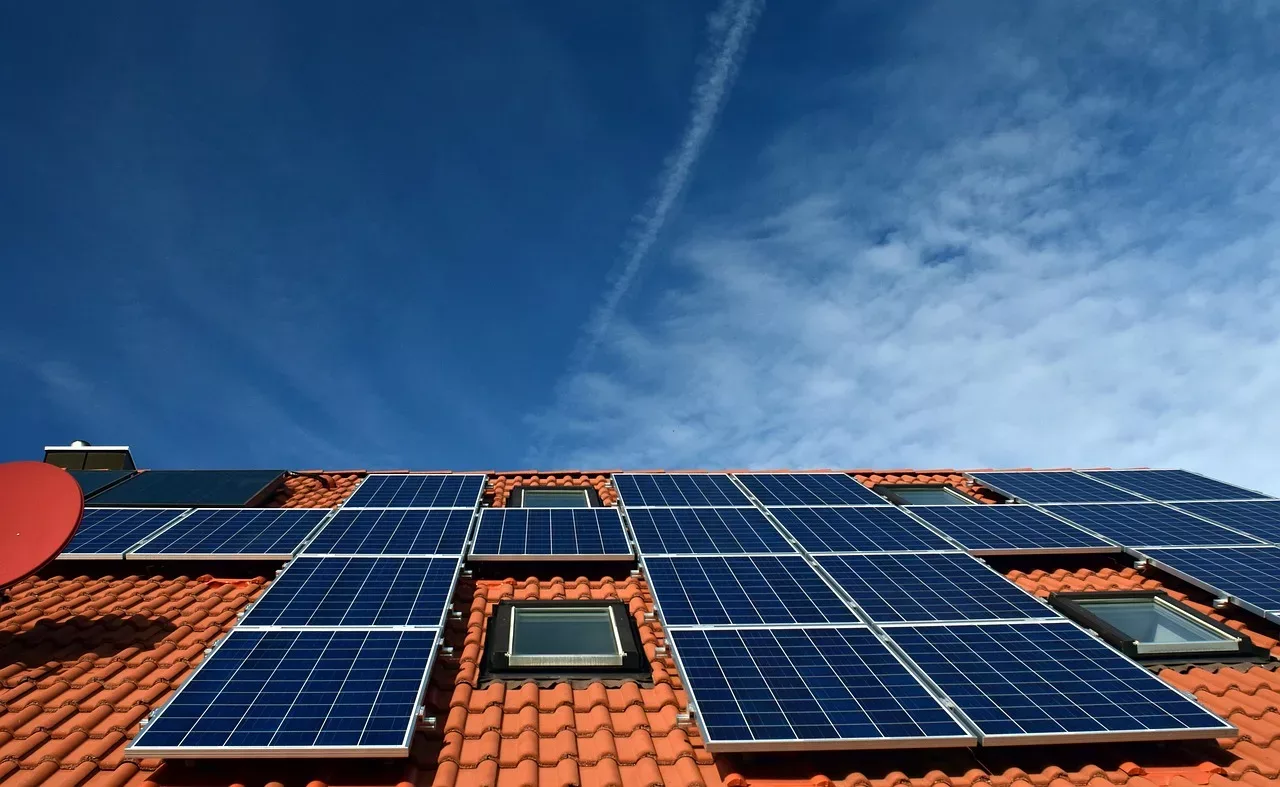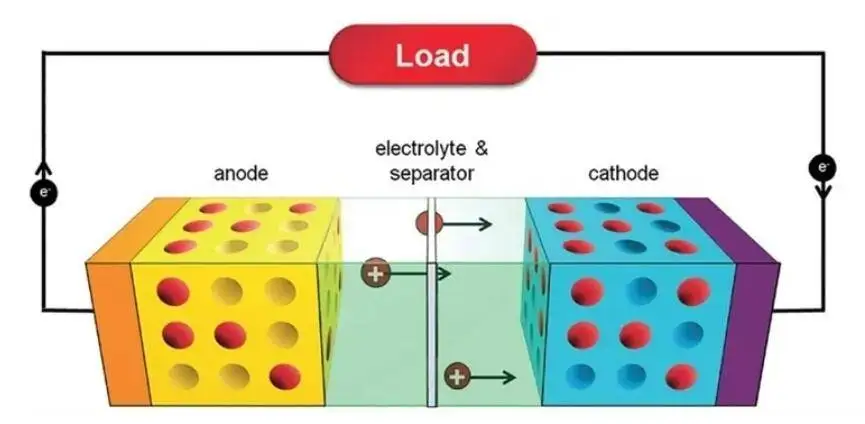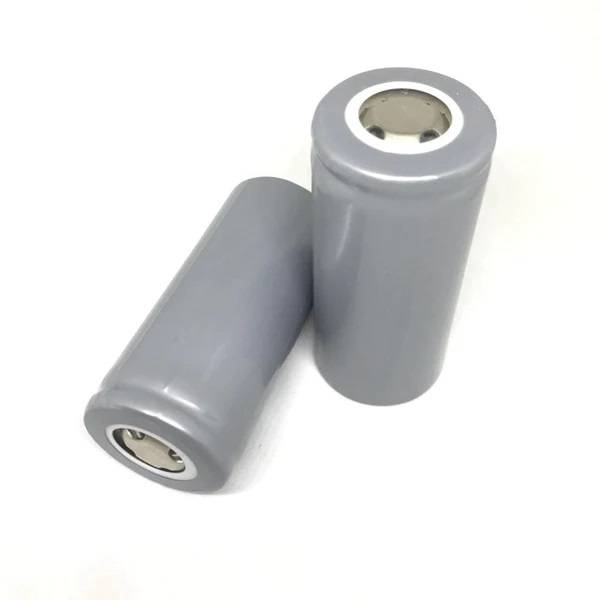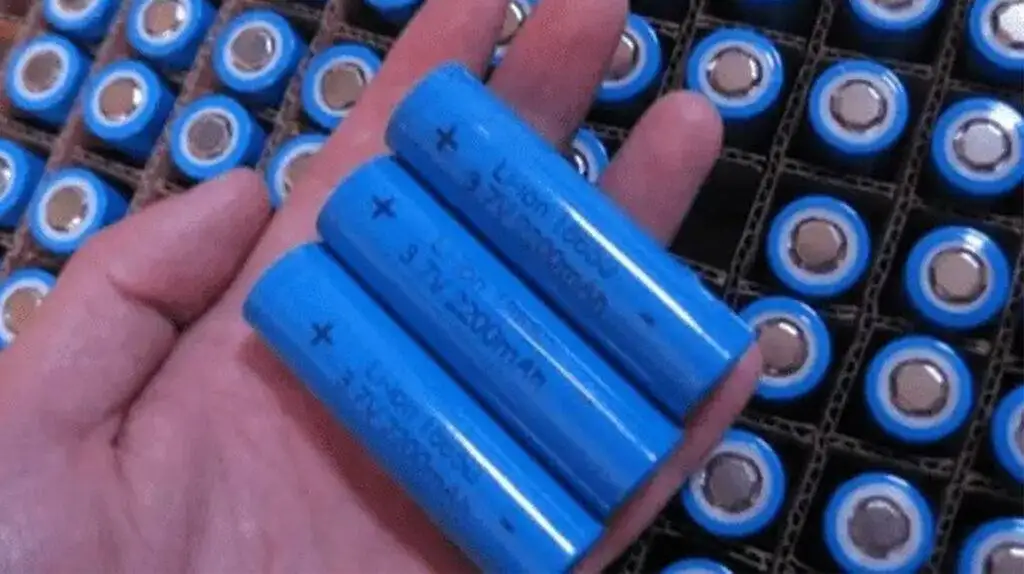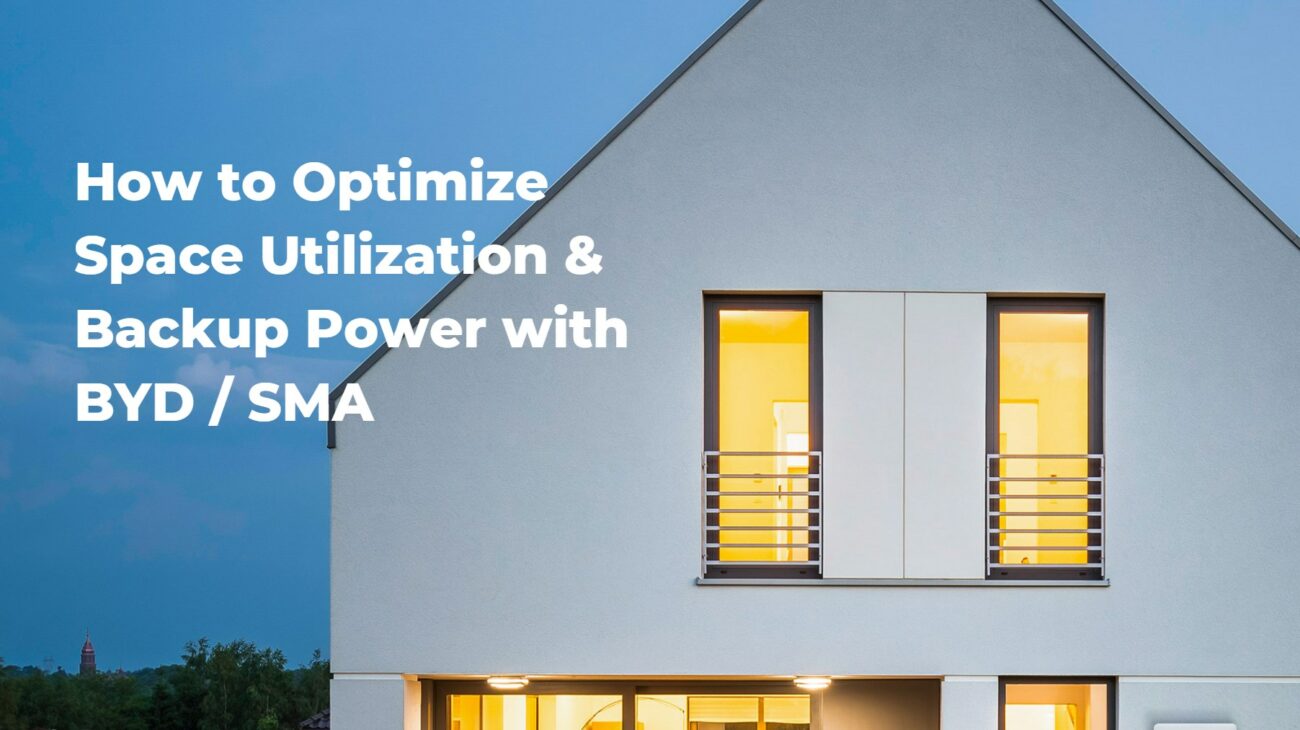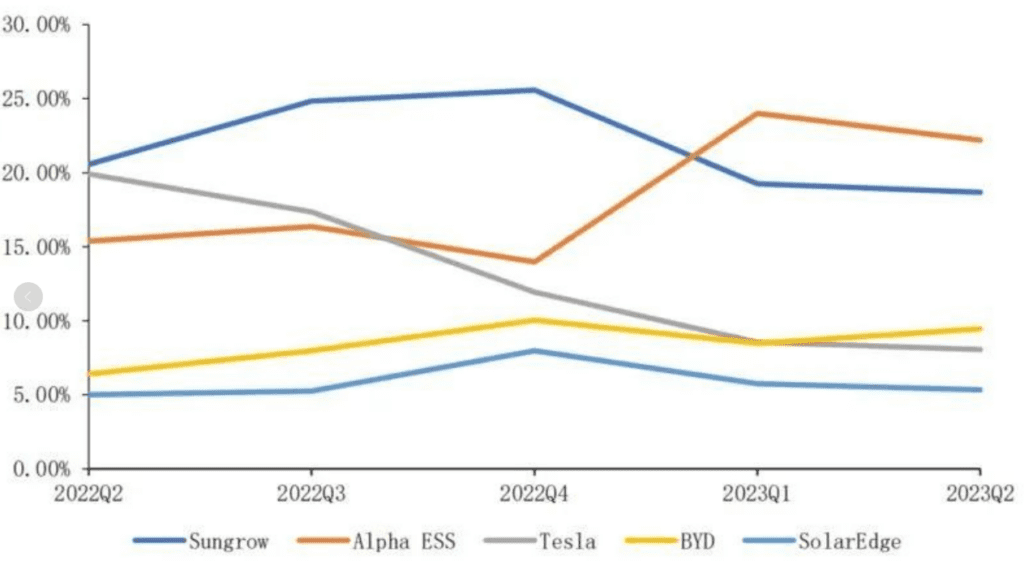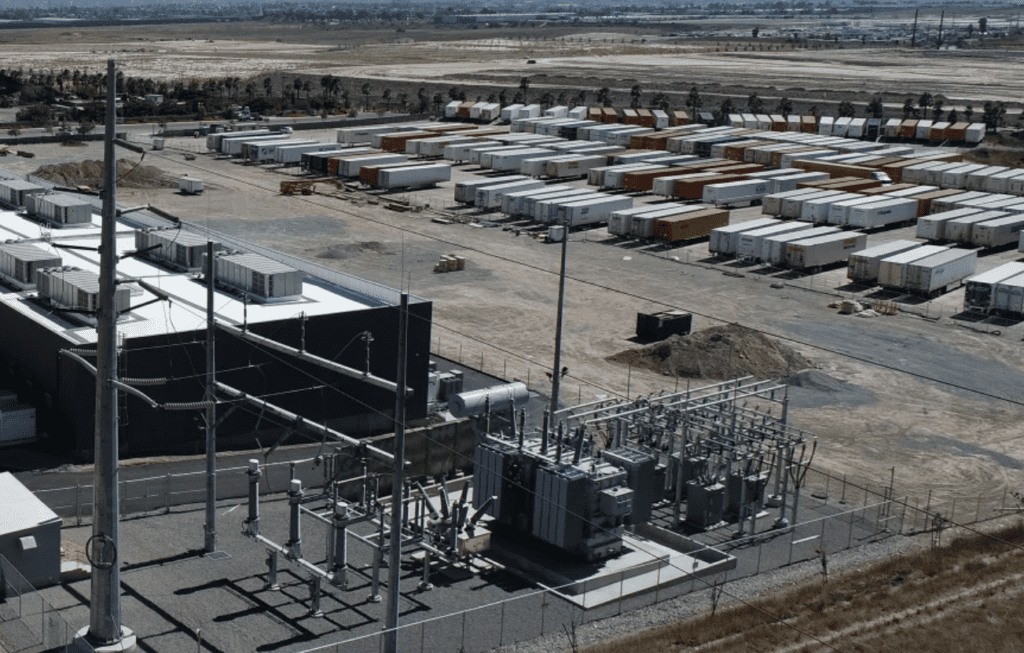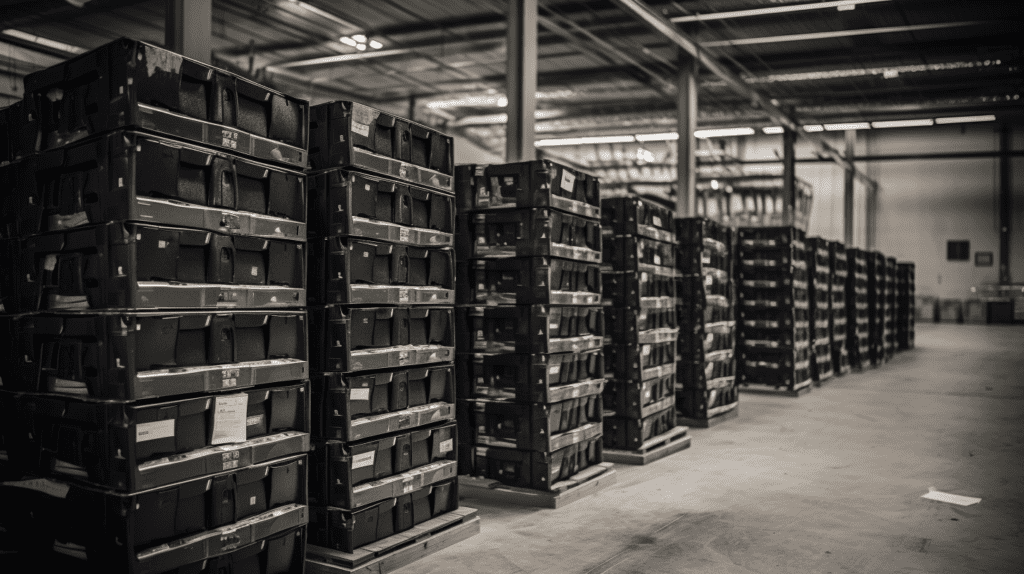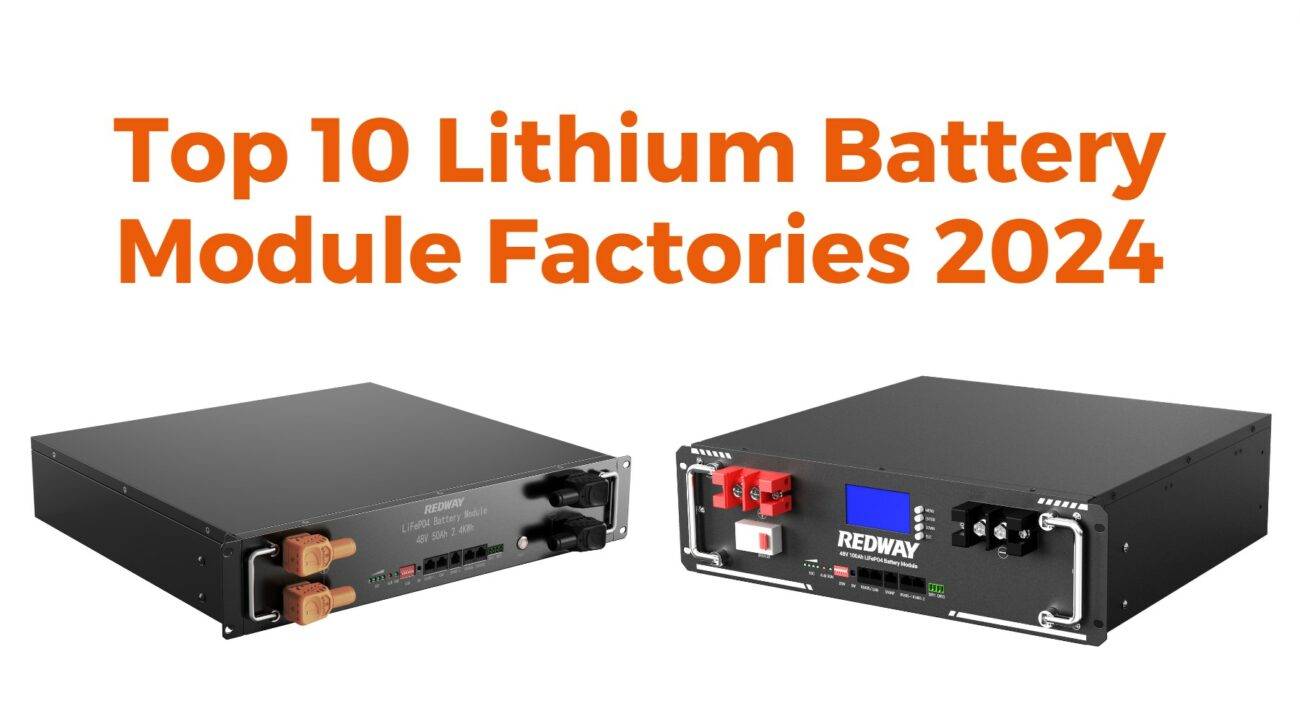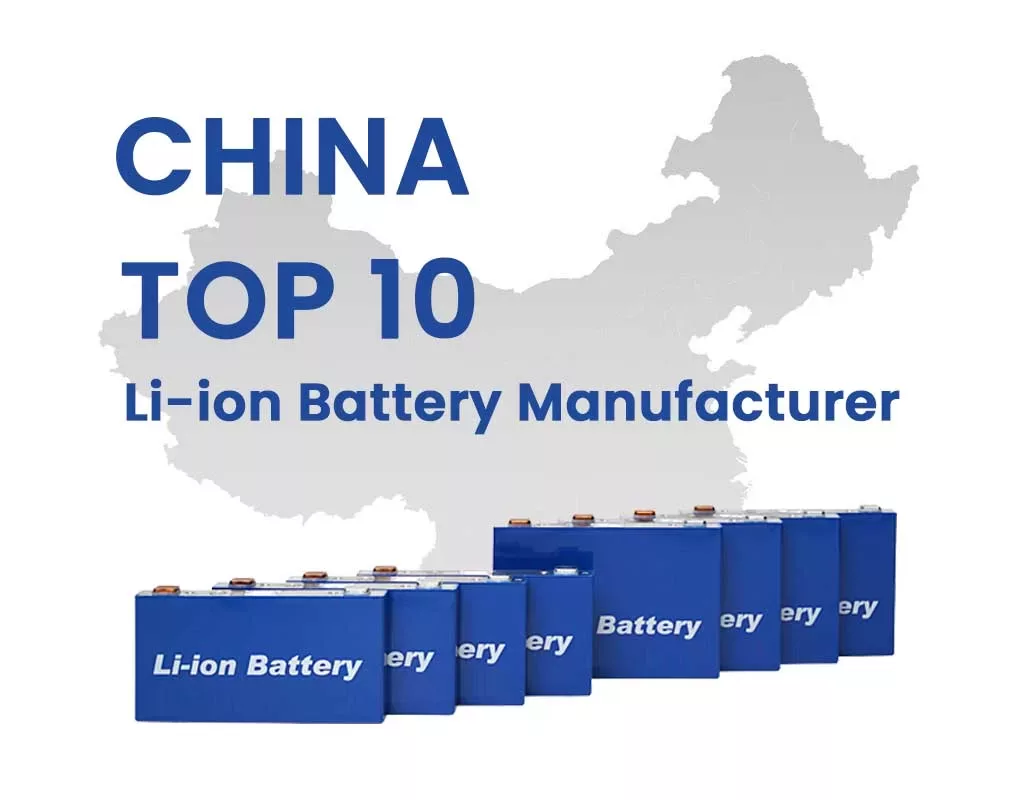Optimizing your energy usage with solar and battery systems can significantly reduce your electricity bills and enhance your energy independence. By effectively managing solar power generation and storage, you can ensure that you use renewable energy efficiently, especially during peak demand times or outages.
What Are the Key Components of a Solar and Battery System?
A solar and battery system consists of several essential components:
- Solar Panels: Convert sunlight into electricity.
- Inverter: Converts the direct current (DC) from the panels into alternating current (AC) for home use.
- Battery Storage: Stores excess energy generated for later use.
- Charge Controller: Regulates the charging of the battery to prevent overcharging.
How Do I Determine My Energy Needs for Solar and Battery Systems?
To optimize your energy usage, start by assessing your household’s energy consumption. This involves:
- Reviewing Electricity Bills: Analyze past bills to identify average monthly usage.
- Identifying Peak Usage Hours: Determine when you consume the most energy to optimize battery charging and discharging schedules.
- Calculating Essential Loads: List essential appliances that need power during outages.
What Strategies Can I Use to Optimize Solar Energy Production?
To maximize solar energy production, consider these strategies:
- Proper Panel Placement: Install panels in locations with maximum sunlight exposure, avoiding shade from trees or buildings.
- Regular Maintenance: Clean panels regularly to remove dust and debris that can block sunlight.
- Use of Tracking Systems: Implement solar trackers that adjust the angle of the panels throughout the day to follow the sun.
How Can I Optimize Battery Usage in My Solar System?
Optimizing battery usage involves several key practices:
- Timing Charging and Discharging:
- Charge batteries during peak solar production hours (midday).
- Discharge stored energy during peak demand times (evenings).
- Monitoring Performance:
- Utilize monitoring systems to track battery health, charge levels, and overall performance.
- Adjusting Energy Consumption Patterns:
- Shift high-energy tasks (like laundry or dishwashing) to daylight hours when solar generation is highest.
What Are the Benefits of Integrating Smart Technology with Solar and Battery Systems?
Integrating smart technology offers numerous benefits:
- Enhanced Monitoring: Smart systems provide real-time data on energy production and consumption, allowing for informed decision-making.
- Automated Controls: Automated systems can manage when to charge or discharge batteries based on real-time electricity prices or grid demand.
- Improved Efficiency: Smart algorithms can optimize energy usage patterns to enhance overall system efficiency.
What Are the Common Challenges in Optimizing Solar and Battery Systems?
While optimizing your solar and battery system, you may face challenges such as:
- Initial Costs: The upfront investment for solar panels and batteries can be significant.
- Space Limitations: Adequate space is needed for installation, which may not be available in all homes.
- Battery Lifespan: Understanding the lifespan and maintenance needs of batteries is crucial for long-term efficiency.
How Do I Choose the Right Solar Battery for My Needs?
Selecting the right solar battery involves considering:
| Factor | Description |
|---|---|
| Capacity | The amount of energy stored, measured in kWh. |
| Depth of Discharge (DoD) | Percentage of battery capacity that can be used. |
| Efficiency | The round-trip efficiency rate of the battery. |
| Lifespan | Expected number of charge cycles before replacement. |
Latest News
Recent developments in solar technology highlight a growing trend towards integrating artificial intelligence (AI) in energy management systems. AI can optimize energy dispatch from batteries, improving efficiency and reducing costs. Additionally, new government incentives are being introduced to encourage residential installations of solar plus storage systems, making them more accessible to homeowners.
Editor Comment
“Adopting a solar and battery system is not just an investment in renewable energy; it’s a step towards greater autonomy over your energy needs. With proper optimization strategies, homeowners can significantly enhance their sustainability efforts while enjoying financial savings.”
FAQ
How much can I save by optimizing my solar battery system?
Savings vary based on local electricity rates and consumption patterns but can range from 20% to 50% on electricity bills.What is the lifespan of a typical solar battery?
Most lithium-ion batteries have a lifespan of 10 to 15 years, while lead-acid batteries typically last 3 to 5 years.Can I use a solar battery without solar panels?
Yes, but without solar panels, you would need an alternative source of electricity to charge the battery.
Conclusion
Optimizing your energy usage with a solar and battery system requires careful planning and management. By understanding your energy needs, utilizing smart technologies, and implementing effective strategies for production and storage, you can achieve significant savings while contributing to a more sustainable future.
